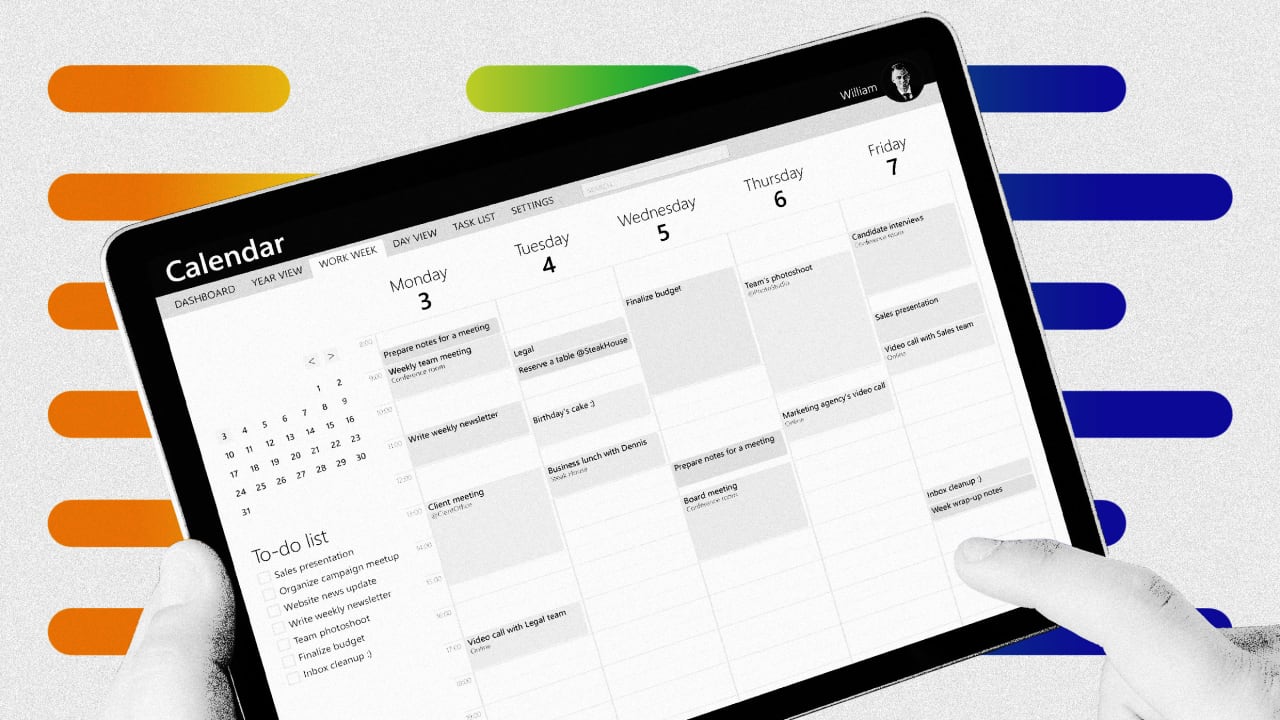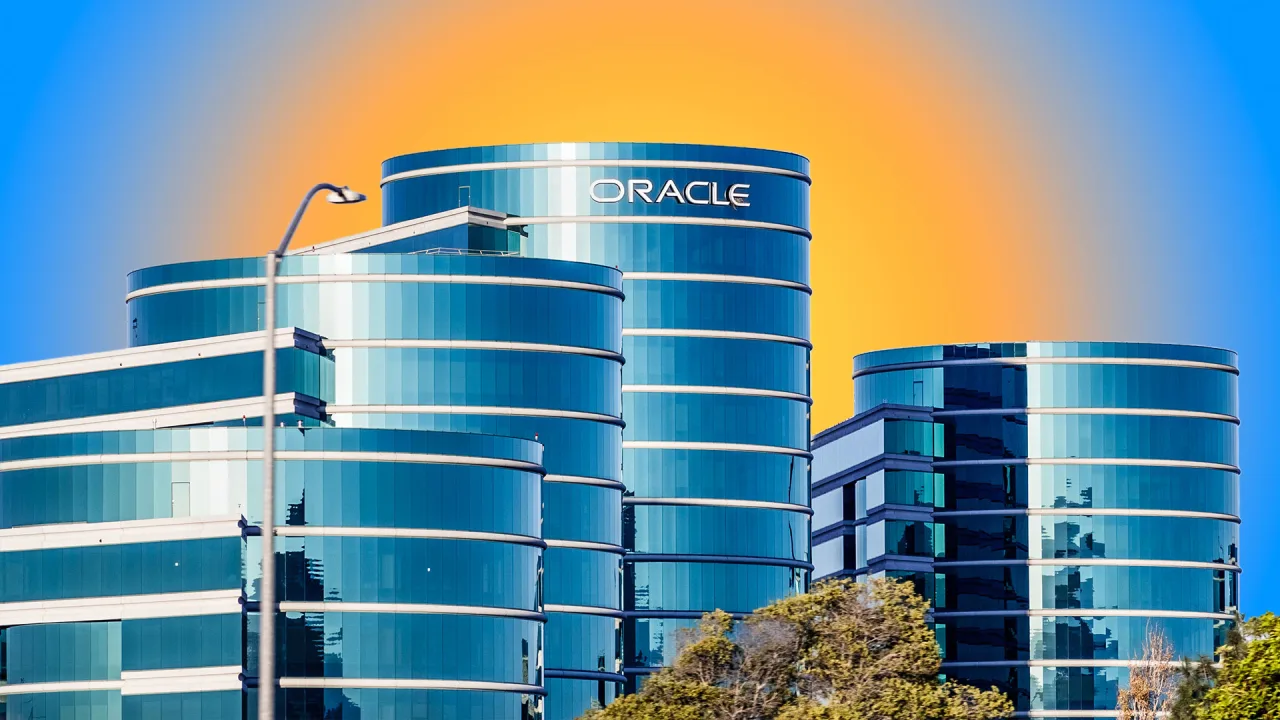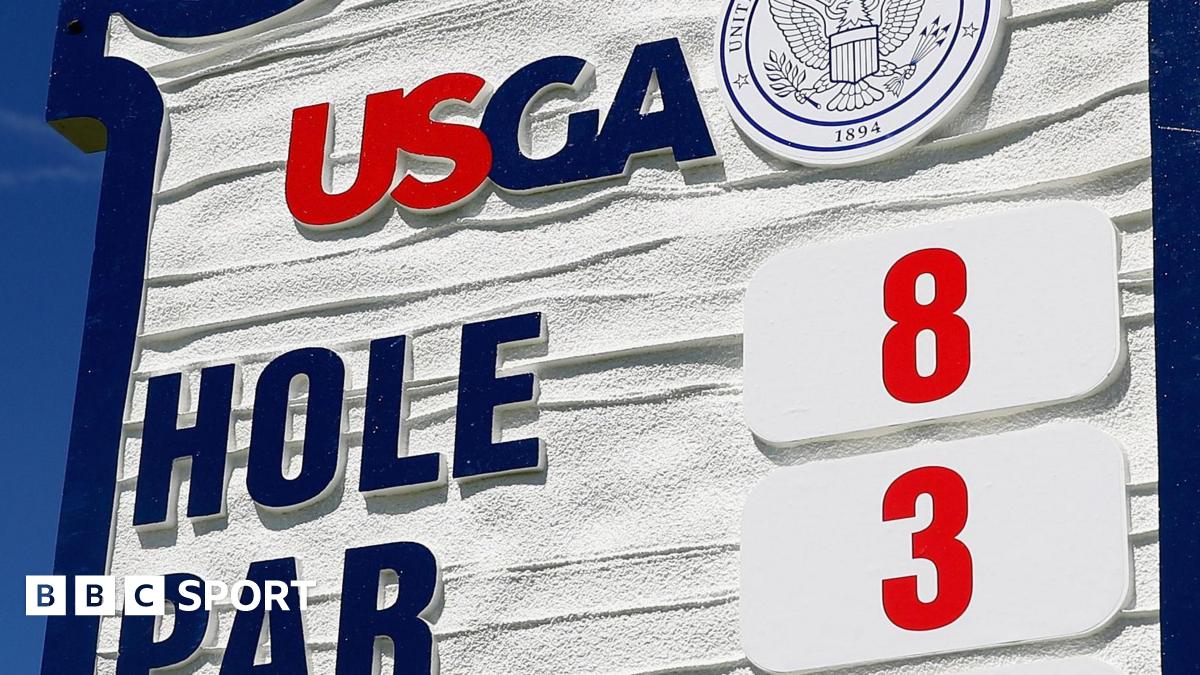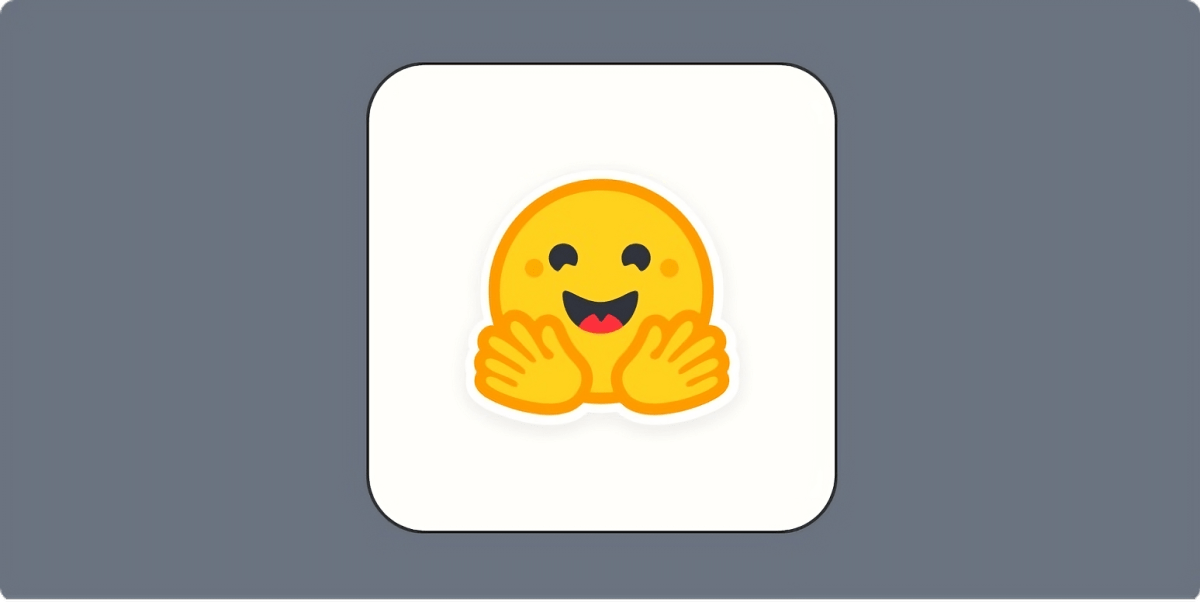Boomerang CEO Aye Moah helped manage our inboxes. Now she’s taking on our calendars

It’s become increasingly common for people to devote two to three hours to email per day. Reducing that burden has been a 15-year mission for Aye Moah, cofounder and CEO of Boomerang.
Since Gmail’s early days, she and her team have helped nearly 1.5 million businesses streamline their inboxes using Boomerang’s triage tools, including a popular “pause” button for email—all to the tune of about $8 million in annual revenue. Now, the company is expanding its reach with its acquisition of GQueues, a to-do list and team task manager designed to tackle other forms of digital distraction.
Moah spoke with Fast Company about managing information overload, protecting work-life boundaries as a fully remote team, and why simply processing emails differently can reduce anxiety by 10%. The conversation has been edited for length and clarity.
How do you structure your week to minimize the context-switching that plagues remote work?
I use a weekly cadence for what I do each day. Monday is all one-on-ones with people I manage and my CEO coaching. Tuesday is for external vendors, managing contractors and marketing agencies. Wednesday has light meetings in the morning, and then the afternoon is maker time for the whole company. We don’t have company meetings then, and everybody is supposed to turn off everything and have a three-to-four-hour block of maker time. That’s where I do a lot of deep thinking, strategy, and planning.
Thursday is our weekly meeting day—all our company meetings happen together. It’s kind of exhausting because I go from one weekly meeting to another, making a lot of decisions, but it really helps not having to switch contexts. Friday I have two maker time blocks, and Friday afternoon I leave for entrepreneurs that want to network or want advice.
You created Inbox Pause to free us up from after-hours email. How do you personally manage work-life boundaries?
My inbox is paused at 6 p.m. every night and over the weekend. Only at 8 a.m. on Monday do I get all the email from Friday afternoon through Monday morning.
The first few days, maybe even up to a week, my brain didn’t quite recognize that pattern. I would check my work email on my phone. But after three or four days where you don’t see anything new, your brain kind of reprograms itself. It stops looking for that dopamine hit and you stop checking.
It’s automated so I don’t have to spend willpower to say I’m going to shut it off and step away. It does it for me, and then, when it becomes a habit, I don’t even notice anymore.
What if there’s a true emergency? How do you handle that while still protecting your boundaries?
I’m speaking from a position of privilege. I am the CEO. I set the company culture. For people who really need to get to me during server outages or some crisis, we still have exceptions. You can set exceptions like “this email is from my boss, put it through.” So general nonessential stuff is not bothering you.
Your brain holds onto anything with open loops—the Zeigarnik Effect—where anything you didn’t put away will give you more anxiety and less good sleep. Your coworker might send you an email Sunday afternoon without meaning for you to get back to them, but just reading it can ruin your Sunday movie night with your kids because it’s in the back of your mind. By not seeing it until Monday morning, you’re protecting yourself from that Sunday night anxiety.
I put my personal cell phone number in my away message. If it’s really urgent, you must text me. Or you could set up a separate email address that forwards to your mobile phone for emergencies.
You mentioned your team is fully remote. How do you keep meetings engaging and efficient?
We have one all-team daily meeting. It’s 11 minutes; we set it for 10:40 and it has to end before 11 a.m. That’s the only meeting we require video for. We know video fatigue is real, so for weekly meetings and status meetings, we don’t require people to have video on.
We also have very few meetings—an average developer on our team will have three to four meetings a week. If we need to talk live, we just do a quick huddle for a specific topic and get the question answered right away. Those are three to four minute conversations rather than long meetings. We’re also very good about canceling meetings if we don’t think the week requires actually talking through something. We can all just leave feedback and comments on the Google doc.
Scheduling meetings takes a huge amount of time. How has Boomerang approached this problem?
We tried to make the recipient experience as good as the sender experience because there’s a weird power dynamic with scheduling links. I send you a calendar link, and you have to go look on there, look at your calendar, type in your name, type in your email address, book it—that starts everyone on the wrong foot.
To change that we push technology to generate a live image in the message of the schedule of the person proposing to meet. If you’re the recipient and have Boomerang, you don’t even have to leave your email. You can overlay your own schedule and book it. You don’t have to click over and go type in a form like you’re their secretary.
We have a customer who took a list from a conference, split it in half—one side got a standard scheduling link and one side got our image in the email. He booked 120% more meetings when he sent the image.
What keeps you motivated after 15 years with the same company?
We talk to our customers a lot and fill our product road map from their needs. Customer conversations give me a lot of my energy because you see their problems and then when you’re showing something in beta, they say “Oh my god, I can’t believe this!”
We’re just launching a Doodle alternative for group polling or meeting polling, and during user testing they’re saying “I can’t wait to get my hands on this.” Hearing about people’s real problems keeps me super motivated and energized.
Adding GQueues has been fun. We haven’t really been in the to-do list and team management space before. It helps that all of us are productivity geeks, so for us, these are the things we want to tinker with. We get to fix things we aren’t happy with in existing tools. We’re solving our own problems while talking to real people whose problems we’re solving. That’s what keeps me motivated.
What's Your Reaction?
 Like
0
Like
0
 Dislike
0
Dislike
0
 Love
0
Love
0
 Funny
0
Funny
0
 Angry
0
Angry
0
 Sad
0
Sad
0
 Wow
0
Wow
0



























































































